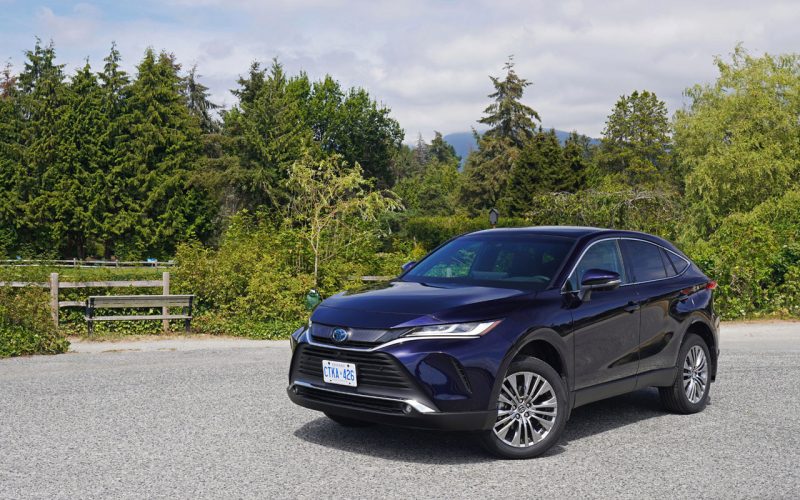
Reading Time: 13 minutesIt’s been about a year since I got back behind the wheel of Toyota’s completely rethought
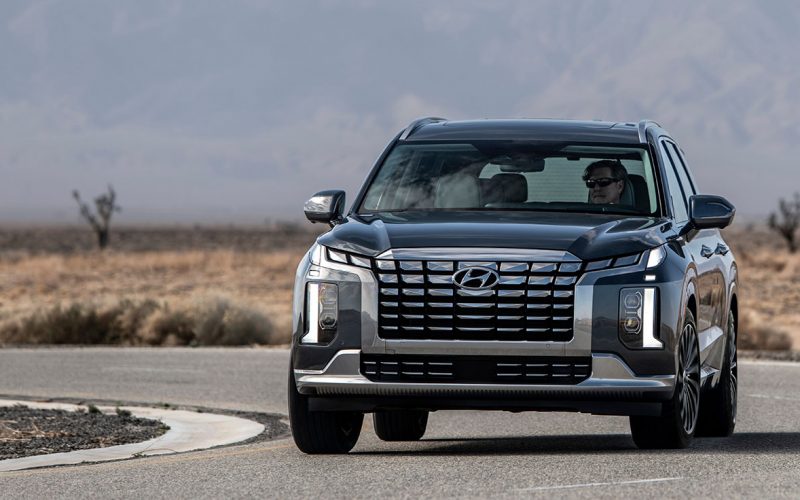
Reading Time: 8 minutesAfter three years in the Canadian auto market, the Hyundai Palisade will get a refresh for
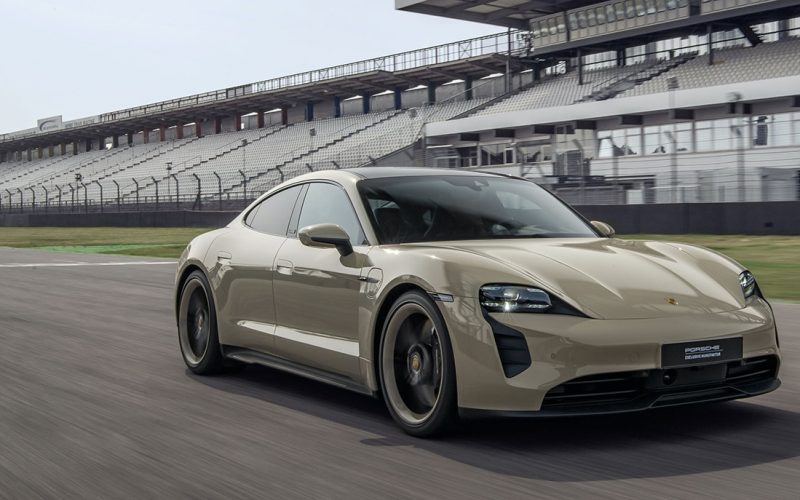
Reading Time: 5 minutesEveryone who follows the auto industry knew that Tesla’s Model S would eventually get knocked from
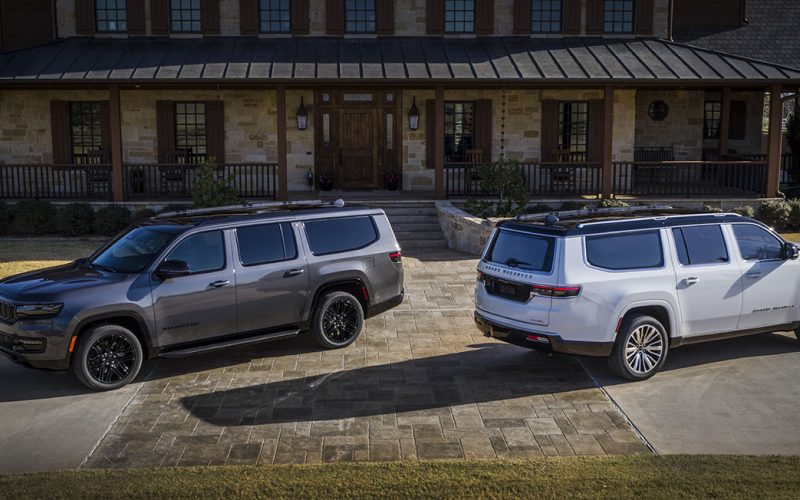
Reading Time: 4 minutesIt was only a matter of time before Jeep gave the extended wheelbase “L” treatment first
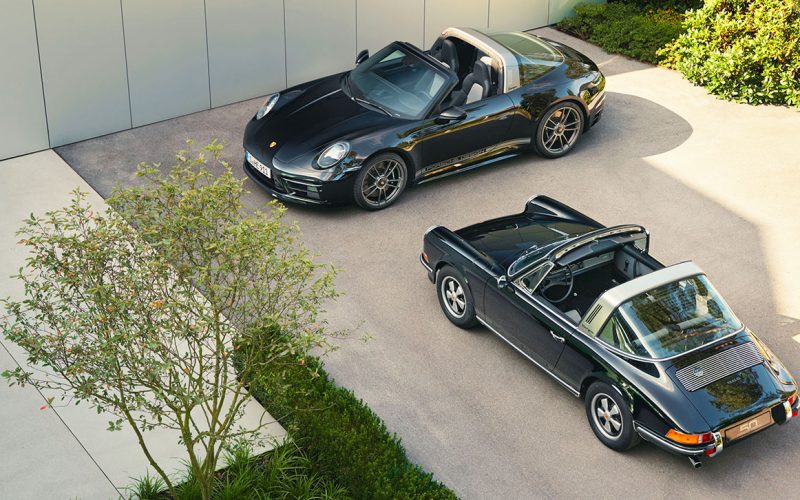
Reading Time: 5 minutesPorsche Design, the quintessential sports car brand’s (and performance crossover maker’s) in-house design department, is celebrating
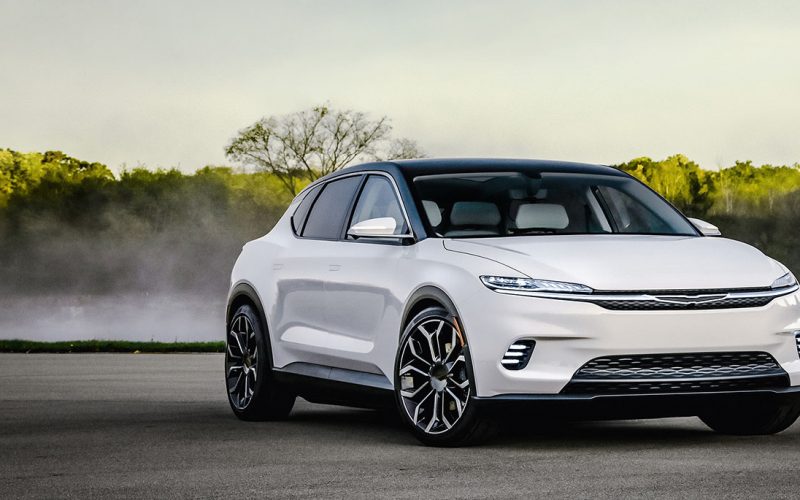
Reading Time: 8 minutesAfter the Italian-American conglomerate Fiat Chrysler Automobiles and France’s PSA Group morphed into Stellantis last year,
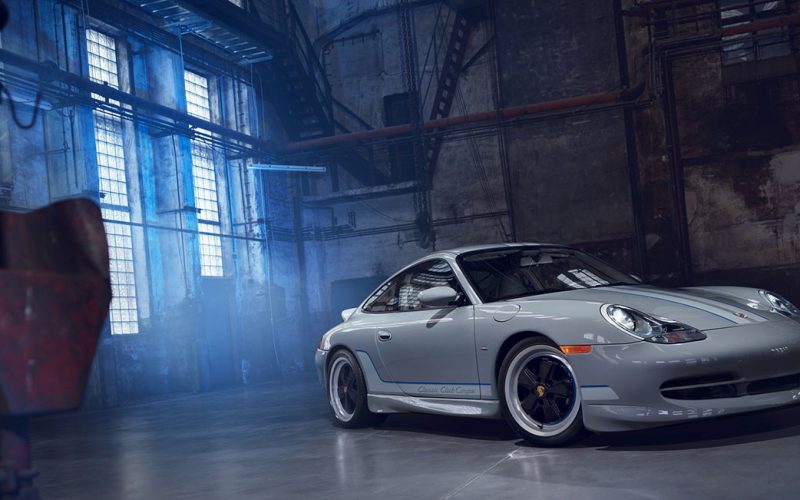
Reading Time: 4 minutesNot everyone’s favourite 911, but nevertheless the 1997 to 2006 996 is now the most affordable
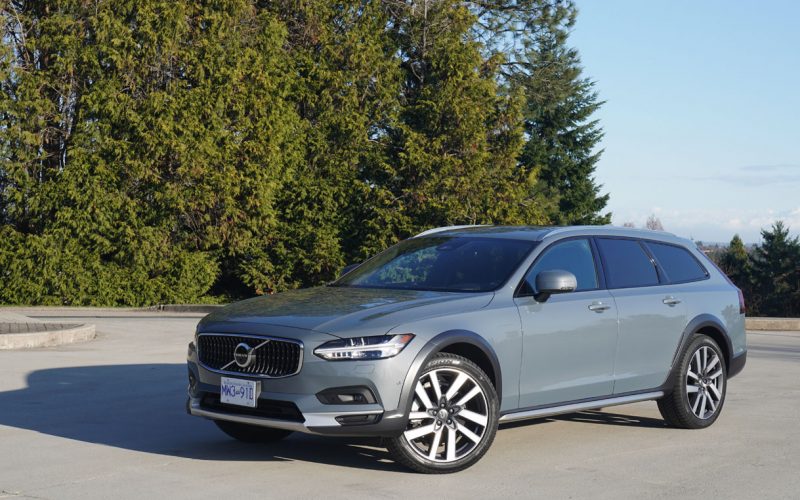
Reading Time: 13 minutesWhen growing up in the ‘60s and ‘70s, wagons were everywhere. We always had one in
© 2025 The Car Magazine. All Rights Reserved, Privacy Policy | Terms of Use